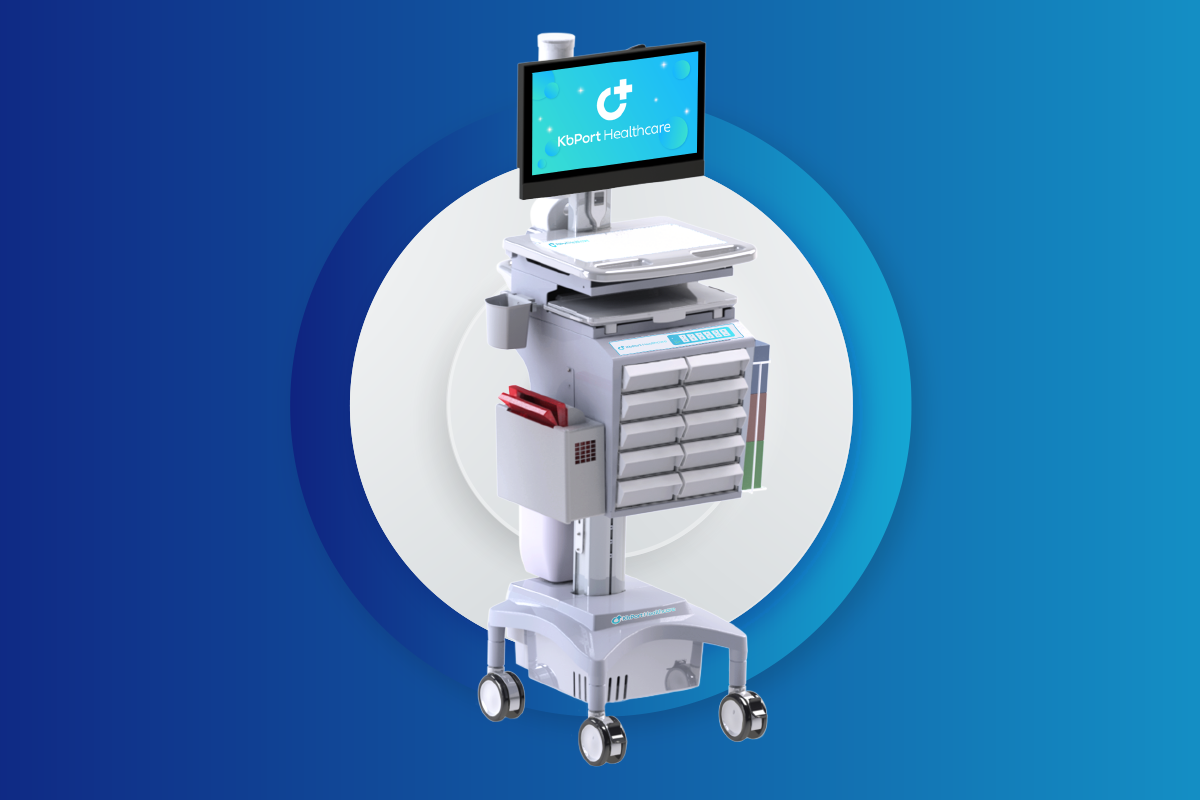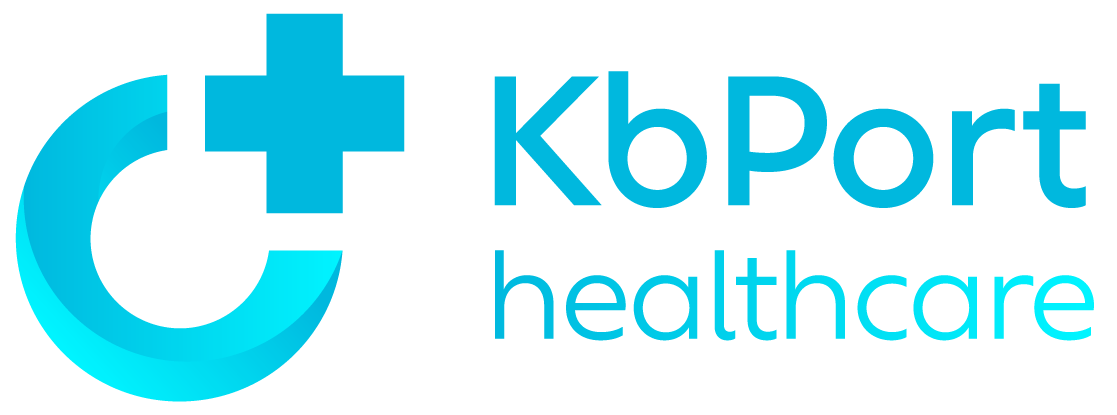Types of Hospital Medication Carts

Even small clinics rely on dozens of different pieces of furniture and equipment to get through the day, and large hospitals require hundreds. One frequently overlooked tool is the medication cart, which nurses use while making their rounds or physicians use during procedures.
Medication carts come in a few main types, with additional features that vary widely based on hospitals or other medical facilities’ needs. However, the best option for your nursing unit may be different than the type that works for the rest of the facility.
If your unit regularly has narcotics, you’ll need a secure cart to prevent theft and abuse. However, other non-hazardous medications should also be kept as secure as possible to enhance patient safety and prevent errors.
Charting Carts
Lite computing workstations or charting carts are useful in keeping medical records organized or for medical documentation that does not require secure storage.
Manually Locking Carts
Traditionally, hospital medication carts were locked with keys or punch cards. This simple system makes it easy to hand off access to other staff members and doesn’t rely on a power source.
However, manual locks are not very secure, especially if keys or punch cards are lost or stolen. They also do not necessarily have built-in mechanisms for preventing medication errors, which can jeopardize patient lives.
If you decide to use manual locking carts, make sure to take additional precautions. Like other medication carts manually locking carts, often called unit dose medication carts are safest when filled with individual unit doses. You will also want to avoid putting high-value medications, such as opiates, inside the carts.
Keycard Locking Carts
Instead of using a metal key, many nursing medication carts unlock with an electronic tag or keycard. This technology can even be built into individual staff name tags or ID cards, giving each member of your team a unique code for accessing medications.
Keycard or ID card medication carts are more secure because they can prohibit staff from accessing medications outside of their shift or accessing drugs they aren’t authorized to dispense. They are a highly flexible type of cart with potential applications everywhere, from oncology units to small family practice clinics.
Password Requirements
Narcotics boxes often use 4-6 digit passcodes that are assigned to individual users. Advanced narcotics boxes have memory chips or USB ports that allow administrators to download long-term access data, creating an audit trail in case of theft or abuse. These password systems are often enough to deter theft by both patients and staff making secure electronic medication storage beneficial to facilities.
This technology can also be extended to other general-use drawers on hospital medication carts. Password systems can be computerized, but some just use a small electronic keypad. Whichever you decide, you will still need to take additional precautions to prevent staff from administering the wrong medication.
Barcode Locking
Preventing medication errors requires careful confirmation of which patients are supposed to receive a particular dose. Mobile medication storage carts can be equipped with barcode scanner technology that requires medical professionals to scan the barcode tag assigned to a patient before proceeding with dispensing medication. Barcode locking can also be used in conjunction with passwords or keycards as needed for enhanced security.
This method only unlocks the drawers containing a patient’s medication once the appropriate patient’s barcode is scanned, for more enhanced medical cart efficiency regarding security. Pharmacy and nursing staff must take care when loading the cart with necessary pill cards and vials, but once it’s out on the ward floor, this method utilizes electronic locking storage accurately and leaves less room for error.
OPENING HOURS
| Week Days – TX |
8:00 – 4:30 CT |
| Week Days – PA |
8:00 – 4:30 EST |
